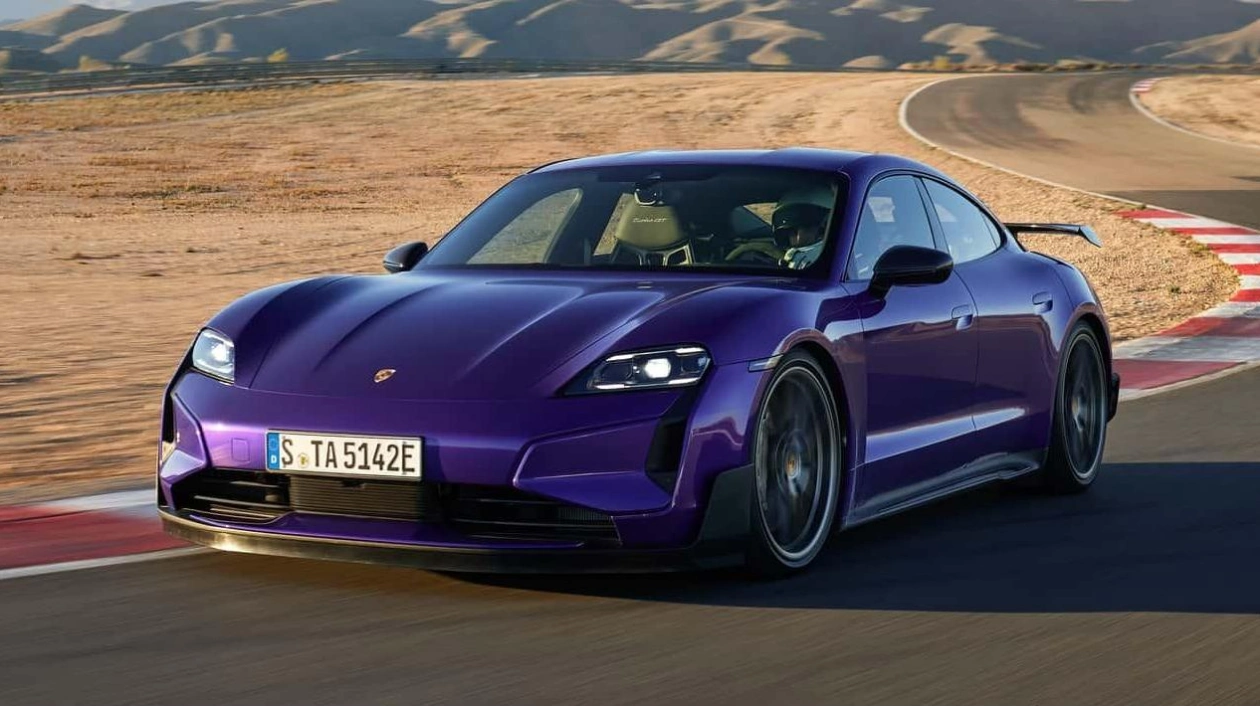As electric vehicles (EVs) become more prevalent, the traditional act of changing gears is fading away. However, Hyundai offers a solution with the Ioniq 5 N, which features an "N e-Shift" function that simulates an eight-speed, dual-clutch transmission, similar to the Veloster N. Some aftermarket shops have even gone as far as installing manual gearboxes in EVs. Porsche, however, is not keen on this trend. In an interview with Australian magazine Drive, Porsche development driver Lars Kern stated that while the company keeps an eye on competitors like Hyundai and its N division, which has produced one of the most exciting EVs to date, Porsche believes that artificial gear changes are unnecessary and could detract from the performance benefits of electric motors.
Kern's comments are particularly interesting given Porsche's use of the Turbo badge on the Taycan, and the fact that the second-generation Macan crossover also has a Turbo variant despite being electric. This raises questions about the future use of the Turbo badge on potential electric models like a future electric 911. Kern argues that faux gear changes would only hinder the instant response and performance capabilities of electric motors. Porsche's Taycan actually features a two-speed transmission, with the first gear for quick starts and the second for efficiency and higher speed performance. The new Macan EV, however, uses a single-speed setup.
Porsche admits to briefly considering artificial gear changes early in the development of their EVs but ultimately decided against it after testing the Hyundai Ioniq 5 N. Kern explained that Porsche does not aim to mimic the feel of a combustion engine in their electric vehicles, especially since they still produce combustion engines themselves. Porsche is committed to electrifying its lineup, with plans to replace models like the Macan, Boxster, and Cayman with electric versions. However, their ambitious goal to have EVs account for more than 80% of annual sales by the end of the decade has been adjusted, reflecting the slower-than-expected transition to electromobility.






